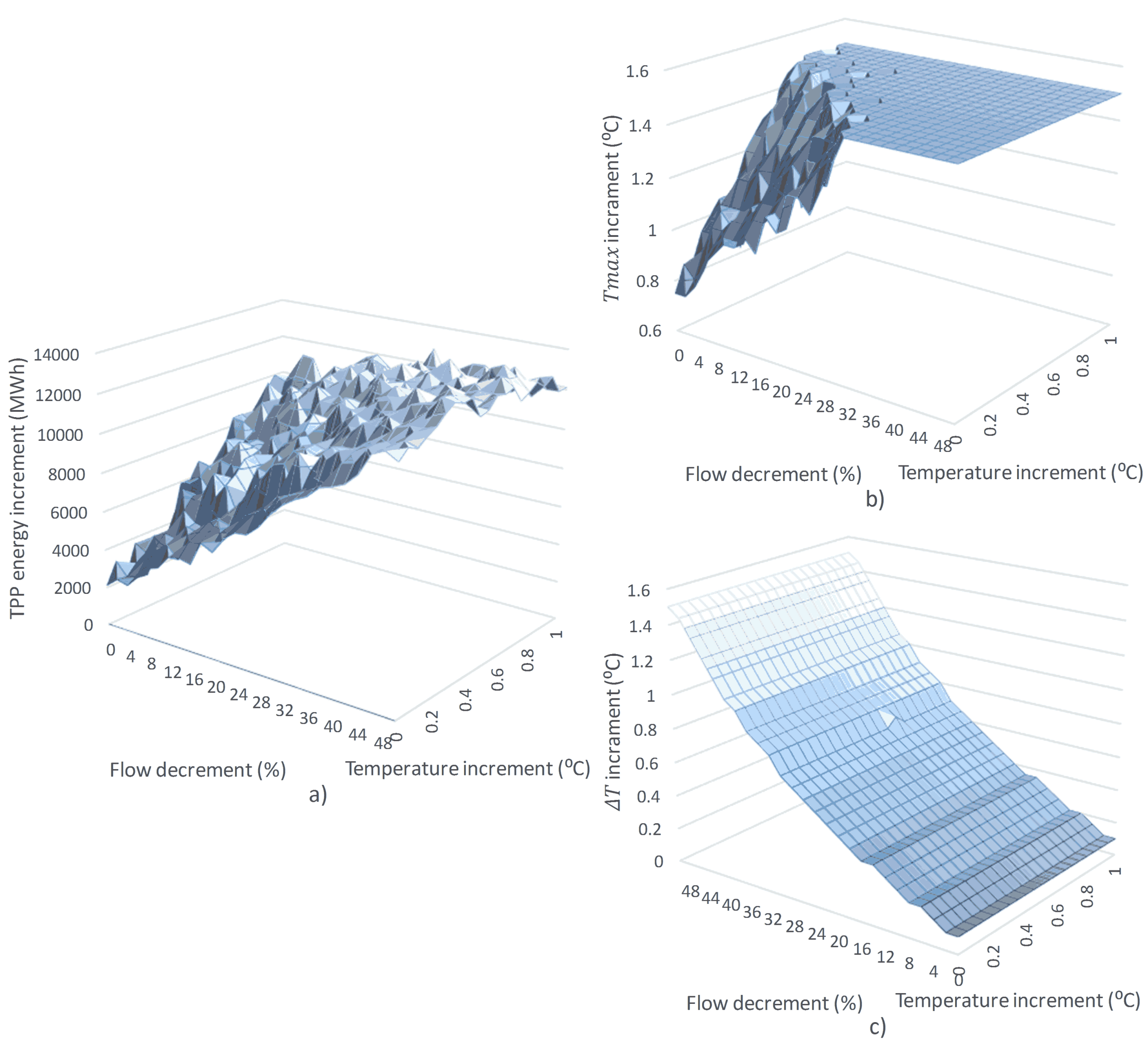Water-Energy Nexus
Contact: Dr. Blazhe Gjorgiev
Massive quantities of water are been deployed for energy conversion with approximately 90% of global electricity generation depending on water, mainly for cooling of thermal power plants and hydropower conversion. Therefore, reliable power generation from power plants is highly dependent on the reliable access to freshwater, making electricity generation vulnerable to water scarcity. On the other side, the widespread demand of water requires electricity for pumping, processing and disposal, making water supply systems depended on reliable electrical energy conversion. This interdependence between water and energy is referred to as the water-energy nexus.
Recent climatic changes increase the likelihood of heat waves and droughts, which significantly impact the temperature and availability of river water. Such conditions have already affected the worldwide electric power generation, and caused a significant number of events in which thermal-power-generating units have been curtailed or shutdown. Such events occurred in the US in 2007, 2008 and 2012, triggering power curtailments from large number of thermal power plants; in France in 2003, 2006 and 2009, where a large number of nuclear power plants was shut down and the additional costs for electricity import topped 300 M€; in Germany in 2003 and 2006; in Spain in 2006, and in Switzerland in 2015 and 2018.

Related Publications
- external pageWater-energy nexus: Impact on electrical energy conversion and mitigation by smart water resources managementcall_made
- external pageElectrical power generation under policy constrained water-energy nexuscall_made
- external pageCooling towers performance in a changing climate: Techno-economic modeling and design optimizationcall_made
